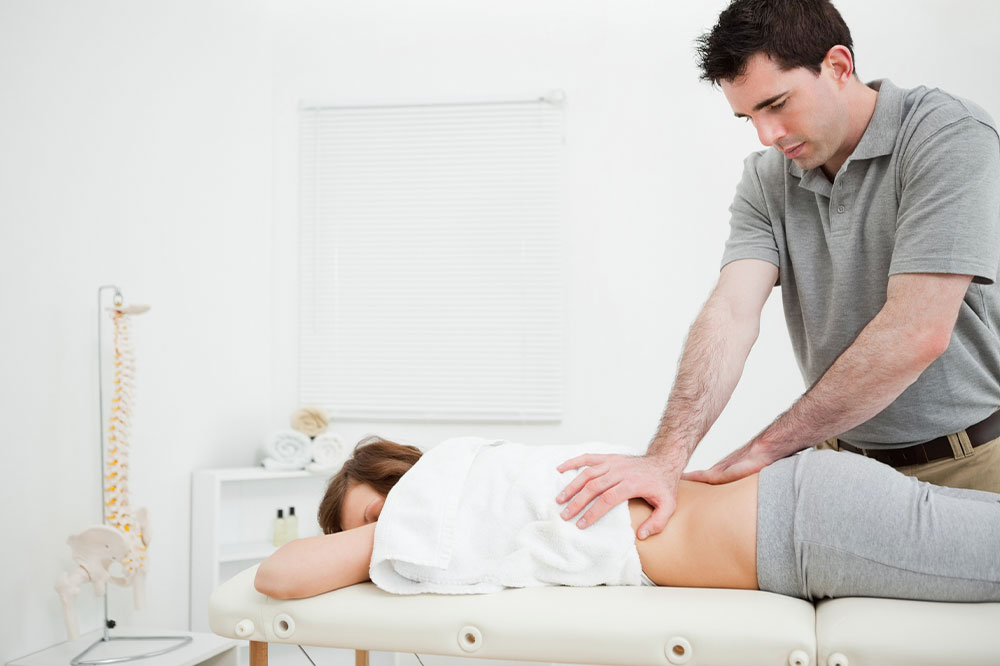
Bulging discs – What they are and their management
Bulging discs are a common condition that many people face. Often misunderstood and misdiagnosed, bulging discs can be a source of immense pain and discomfort. Some types can irritate nearby nerves and cause pain, numbness, or limb weakness. So how do you cope with them? This article will attempt to shed light on what causes bulging discs, the signs and symptoms to look out for, and the available treatment options. Let’s get started.
Bulging discs – What they are
Bulging discs refer to a medical condition in which the outer layer of a spinal disc protrudes outside of its normal boundaries, often compressing nearby nerves and causing pain. These discs are between the vertebrae and act as cushions, absorbing shock and supporting the spine.
Causes of bulging discs
The development of bulging discs can be attributed to a variety of factors. These include the following:
- Age: As we age, the spine’s discs wear down and lose elasticity. This can make them more susceptible to bulging and other forms of damage.
- Poor posture: Sitting or standing hunched or slouched for long periods can put extra pressure on the spine’s discs.
- Injury: Trauma to the spine, such as a fall or car accident, can cause a disc to bulge.
- Repetitive stress: Repeated motions, such as bending and twisting, can cause disc wear and tear over time.
- Overweight: Carrying extra weight can put extra strain on the spine and contribute to the development of bulging discs.
Signs and symptoms of bulging discs
Bulging discs cause pain and discomfort without outward physical signs. It’s essential to be aware of the signs of bulging discs to seek treatment early and avoid further damage. Here are a few signs and symptoms to look out for:
- Pain in the back, neck, or limbs
- Numbness or tingly sensation in the arms or legs
- Muscle weakness or spasms
- Reduced range of motion.
- Inability to stand or sit for a prolonged period of time
- Worsening pain while moving or doing certain activities
- Aches that come and go or are constant
Medical attention is essential if you experience any of these symptoms. Ignoring the problem or hoping it will go away alone can lead to further damage and a longer recovery time.
Treatment options for bulging discs
If you have bulging discs, seeking medical treatment to relieve your symptoms and prevent further damage to your spine is important. For this condition, several treatment options exist. Here are some of the most effective ways to manage bulging discs:
- Stretching exercises: Regular stretching can help alleviate pressure on the affected discs, reduce pain, and increase flexibility in the spine. Some recommended stretching exercises include forearm planks, knee hugs, cat-cow stretches, back stretches, cobra stretches, and hamstring stretches.
- Massage therapy: A deep-tissue massage can relieve muscle tension and reduce inflammation in the affected area. In addition to alleviating pain, this can improve mobility as well.
- Physical therapy: You can increase your range of motion, strength, and flexibility with an exercise program designed by a physical therapist. They can also help you develop good posture habits, reducing the likelihood of future injuries.
- Chiropractic treatment: Chiropractic adjustments can realign the spine, relieving pressure on bulging discs. To improve mobility and flexibility, they may also recommend exercises and stretches.
- Lifestyle modifications: Making simple lifestyle changes such as maintaining a healthy weight, practicing good posture habits, and avoiding activities that cause back strain can help prevent further damage to your spine.
If the disc is severely damaged, surgery may be required to repair or replace it. However, most cases of bulging discs can be effectively managed with non-invasive treatments. Make sure you speak with your healthcare provider about the best treatment option for you. Early treatment is crucial to preventing further damage and improving your quality of life.




